What if Earth Stopped Spinning?
Part 1: The Moment the World Froze
Have you ever wondered…
What would happen if Earth suddenly stopped spinning?
Not slowed down over millions of years.
Not gradually.
But stopped instantly.
In one terrifying second, the entire planet would be thrown into chaos.
You see, right now, Earth is spinning at about 1,670 kilometers per hour at the equator. That’s faster than a speeding bullet. And we don’t even feel it — because everything spins with us: the oceans, the air, even your own body.
But if the Earth suddenly hit the brakes…
Everything not attached to solid rock would keep moving — at the same deadly speed.
Buildings would collapse.
People, cars, trees, animals — launched into the air, crashing into whatever stood in the way.
It would feel like a global car crash.
Entire cities would be destroyed in seconds.
But that’s just the beginning.
With the spin gone, something else happens.
Our days would become 6 months long.
Yes — 6 months of sunlight, followed by 6 months of darkness.
One side of the planet would burn.
The other… freeze.
The atmosphere itself would start to shift.
Without rotation, Earth’s magnetic field could disappear.
Solar radiation, once deflected by that invisible shield, would now fry electronics — and living cells.
The oceans?
They would rush toward the poles, pulled by gravity, creating two massive super-oceans at the top and bottom of the world…
…while the equator becomes a dry, cracked wasteland.
It wouldn’t just be a disaster.
It would be the end of the world as we know it.
And yet, this is only part of the story…
Part 2: A Planet Reborn… or Doomed?
So Earth has stopped spinning.
The surface is wrecked.
Tsunamis, windstorms, buildings gone.
But if somehow… some of us survive — what would the world look like next?
Let’s start with the climate.
Because Earth no longer rotates, it doesn’t have a 24-hour cycle anymore.
Instead, one side of the planet faces the Sun… nonstop.
And the other? Total darkness.
In the sunlight zone, heat rises uncontrollably.
Temperatures soar to hundreds of degrees Celsius.
Oceans boil. Forests ignite.
Nothing can survive for long.
On the dark side, it’s just as deadly.
Temperatures plummet.
The ocean turns to ice.
Entire continents are frozen under snow and eternal night.
But… there’s a thin band in between.
A twilight zone — where the edge of day meets night.
It’s dim. Cold. But survivable.
This is where the last humans would go.
The only place on Earth where crops might still grow.
Where temperature might be livable…
…if we build underground cities, shielded from storms and radiation.
Now, let’s talk about gravity.
With no spin, the Earth becomes more spherical.
The equator, once bulged by centrifugal force, now sinks inward.
Sea levels shift. Coastlines vanish.
Entire nations… underwater.
Satellites stop functioning.
Timekeeping breaks.
The stars appear to freeze in the sky — forever fixed in place.
No sunrise. No sunset. Just eternal day or eternal night.
And here’s something we might forget:
The Moon.
It’s still orbiting us.
But without Earth’s spin, our gravitational relationship changes.
Tidal patterns collapse.
Eventually, the Moon may drift away…
…or crash into us.
Still think we’d survive?
Maybe.
Maybe not.
But one thing’s certain:
Earth without spin is a planet we wouldn’t recognize.
Part 3: Can Humanity Survive?
The world has changed.
Half of it scorched by endless sunlight.
The other half, frozen in eternal darkness.
The oceans have fled to the poles.
The winds are wild, chaotic, unpredictable.
Our magnetic field has collapsed. Radiation rains down from the sky.
Earth — as we once knew it — is gone.
But we are still here.
Humanity is nothing if not adaptable.
And in the twilight zone between life and death — that narrow strip between fire and ice — we begin again.
We build underground.
Thick layers of earth to block the solar radiation.
Solar panels powered by the never-ending sun, carefully shielded from the heat.
Greenhouses, artificially cooled, to grow food.
Massive desalination systems to turn glacial water into drinking supplies.
Air filtration units to trap toxic particles.
Every step… a battle.
But humans were never meant to give up.
Governments collapse.
But communities form.
Old borders dissolve.
New cities rise — not made of steel and glass, but of necessity, survival, resilience.
And technology becomes our greatest ally.
AI systems manage our resources, optimize agriculture, predict atmospheric shifts.
Bioengineered crops survive the extreme conditions.
Robotic explorers venture into the light and dark zones to recover lost knowledge, old technologies, vital supplies.
But not all is hopeful.
Isolation breeds conflict.
Desperation drives some to violence.
In this new world, unity is the rarest resource of all.
Still… we endure.
The question is no longer, “How do we go back?”
It becomes, “How do we live… now?”
Over generations, we evolve.
New cultures emerge. New myths are born.
Children grow up never knowing what a sunset is.
They hear stories of the world that spun — a world of oceans, clouds, and seasons.
To them, it’s ancient history.
To us, it was just yesterday.
And maybe, just maybe…
In the distant future, we’ll find a way to restart the spin.
To terraform what’s left.
To bring back the world we lost.
Or…
We’ll learn to live in the world we made.
Because Earth may stop spinning.
But the story of humanity?
It keeps moving forward.
Part 4: A New Earth, A New Beginning
Years have passed.
Then decades.
Generations.
The Earth no longer spins — and no one remembers when it last did.
To the children of this new world, the idea that the sun once rose and set… is a legend.
The idea that oceans moved, tides danced, and clouds drifted lazily across blue skies… sounds like fantasy.
But life has not ended.
It has transformed.
In the thin habitable line — the “twilight belt” between eternal day and night — humanity has adapted like never before.
Architecture has changed.
Cities are no longer vertical monuments of ambition, but horizontal shelters of survival.
Built deep into the crust, connected by underground rail systems, powered by geothermal energy and carefully harnessed sunlight.
Time has changed.
Without night or day, we invented new ways to measure it.
Clocks became cultural artifacts.
We now live by energy cycles, crop rhythms, and mental wellness clocks to maintain psychological balance.
Even language has changed.
Words like “sunrise,” “midnight,” and “seasons” now exist only in history books.
New words have formed — like “heatwall” for the blinding edge of the sun zone…
Or “icefall,” where the permanent darkness begins.
Technology became survival.
Every piece of old-world tech was reinvented to function in extremes.
AI manages every resource.
Satellites are long dead — replaced by high-altitude drones that circle within the habitable belt.
Yet with all this progress, one thing remains untouched:
The question of “Why?”
Why did this happen?
Was it a cosmic fluke?
A shift in the planet’s core?
Or the result of centuries of imbalance we caused?
No one knows.
But everyone has theories.
And with time… a new kind of human begins to emerge.
Biologically, we are different.
Eyes adapted to dim light.
Skin thickened against radiation.
Some even develop sleep cycles tied to artificial gravity and light pulses.
Culturally, we are unified by survival.
The old nations mean less now.
Humanity finally feels like one people — bound by shared struggle, shared hope.
And then, one day… a discovery is made.
Deep beneath the Earth’s crust, in an ancient research vault, scientists uncover a propulsion system designed long ago — a project to jumpstart Earth’s rotation in case of planetary emergency.
It failed once.
But now, with centuries of innovation, it might just work.
The debate begins.
Should we restart Earth’s spin?
Or should we leave it as it is — and continue life in this new, strange balance?
Some say returning the spin could destroy the fragile ecosystems we’ve built.
Others say it’s the only path back to true normalcy.
And as the world prepares…
As engineers make calculations…
As the propulsion engines begin to hum beneath the surface…
One final message is broadcast:
“We may restart the Earth.
But we can never rewind time.
Whatever happens next… we move forward — together.”
The Earth may have stopped turning.
But humanity never did.
We adapted.
We survived.
And now — we choose our future.
The end of the spin… was only the beginning.
Part 5: The Choice
The day had come.
Not a sunrise — for there were no more sunrises.
But the day humanity would decide its fate.
Beneath the twilight belt, in a city buried under layers of ice rock and heat shield, the World Assembly gathered.
Not leaders of nations — for countries had faded — but voices of wisdom, science, history, and hope.
They stood before the Spin Core — a colossal machine that, once activated, could restart Earth’s rotation.
Its power came from ancient fusion chambers, dormant since the old days.
It had one command key.
And one chance.
The arguments were fierce.
“Restart it! Bring back the balance we lost!”
“No! We’ve built a new world. We’ve survived. Why risk destroying it all?”
Young people, born into a still Earth, feared what they did not know.
The elders, who remembered sunrise and moonlight, longed for what they had lost.
And amid the noise… a child stood up.
Small.
Wide-eyed.
Holding a drawing of two worlds — one spinning, one still — connected by a bridge.
She said softly:
“Why not both?”
Silence followed.
It was a child’s question.
Simple.
Naive.
But perhaps… visionary.
Could humanity create balance between old and new?
Instead of forcing Earth to spin again like before…
What if we gave it a new rhythm?
A gentle rotation.
Slow.
Measured.
Enough to bring back cycles… without collapsing the world we’ve rebuilt.
The scientists stared.
It was… possible.
Theoretically.
Risky — but not impossible.
And so, a new plan was born.
They called it “The Dawn Initiative.”
Not a full return to the past.
But not the abandonment of hope, either.
The Spin Core was recalibrated.
Instead of launching Earth into a violent spiral, it would nudge it.
A shift of 1° per year.
Gradually, light would return to the dark.
Shadow would cool the burning sun-side.
And the habitable belt… would expand.
It would take centuries.
But the world would turn again.
Not as it once did.
But as it chose to.
And as the first rumble echoed from the Earth’s core —
a vibration felt in every shelter, every city, every soul —
people looked up.
They didn’t see the sun move.
But they believed it would.
And that was enough.
Because sometimes…
The most powerful motion is not the spin of a planet — but the decision to change.
Part 6: The First Sunrise
It happened… quietly.
There was no explosion.
No earthquake.
Just… a shift.
So subtle, only the most sensitive instruments noticed.
But the people knew.
On the 73rd day of Year One of the Dawn Initiative, a whisper of golden light crept across the edge of the Twilight Zone —
a place where the sun had once stood still.
It was the first sunrise in generations.
Children who had only ever known twilight stared in awe as the sky changed color —
from purple…
to pink…
to fire-orange.
Elders fell to their knees, tears streaming down faces aged by a frozen world.
They remembered what this meant.
Not just light…
But hope.
Not just heat…
But motion.
And with the sun rising again — slowly, softly — the Earth was reborn.
Not by force, but by choice.
Not back to what it was, but forward to what it could be.
The ecosystems began to breathe again.
Forests stretched their roots.
Oceans sang louder.
And animals emerged from their cold shelters, following light like a forgotten melody.
But the greatest transformation wasn’t outside.
It was inside people.
The sun no longer took them for granted.
It had become a miracle.
Each day, as the Earth turned just a little more, communities gathered to celebrate the sunrise —
even if it lasted only 10 minutes.
Even if it took a year to shift one degree.
They sang songs.
Told stories.
Painted skies they never used to see.
A new calendar was born, based not on months — but on movement.
Each milestone was sacred:
“The Day Light Touched The North.”
“The Day Rain Returned to the Burned Zone.”
“The First Eclipse Since The Silence.”
Humanity had evolved.
Not just to survive stillness…
But to grow slowly, together with the world.
And one day — far in the future — the Earth would spin like it once did.
But never again would it be taken for granted.
Because now, people knew:
The most beautiful light… is the one you choose to move toward.
Part 7: Legacy of Stillness
Years passed. Then decades.
The Earth spun again — slowly, steadily — not like before, but enough.
Enough to bring seasons back.
Enough to bring rhythm.
Enough to bring change.
But people never forgot the time it stopped.
It became more than history.
It became wisdom.
In every school, children learned not just how the Earth turned — but what happened when it didn’t.
They read about the Still Years —
when humanity faced its own silence…
when survival meant unity…
and when light was earned, not given.
Cities kept monuments to the “Edge of Dawn,” where day once met night forever.
Pilgrims traveled there yearly, not to worship the sun…
but to remember who they became without it.
New traditions grew:
The Festival of Shadows, where all lights are turned off for one hour.
The Slow March, honoring the patient work of turning the world again.
And the Circle Day, when people stand hand-in-hand at dawn, facing the horizon together.
Science advanced beyond imagination.
But so did humility.
No one asked “how fast can we go?”
They asked, “how deeply can we understand?”
Because they knew something now, something carved in the soul of humanity:
Motion is a gift.
Stillness is a teacher.
And between both… is balance.
So Earth turned.
And so did time.
But the memory of stillness — and the unity it brought — spun forever in the hearts of those who survived it.
And that…
was the real legacy.
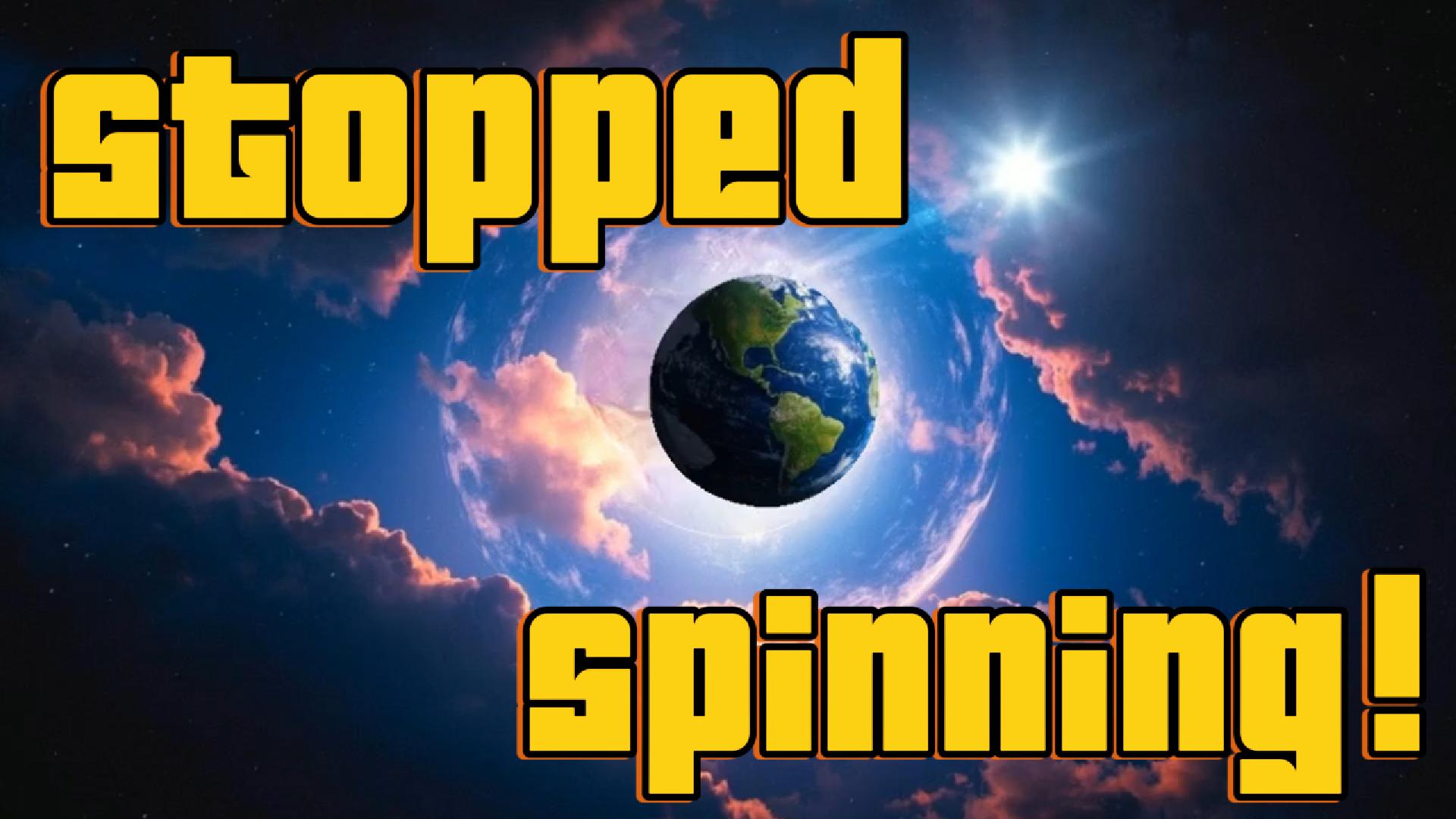
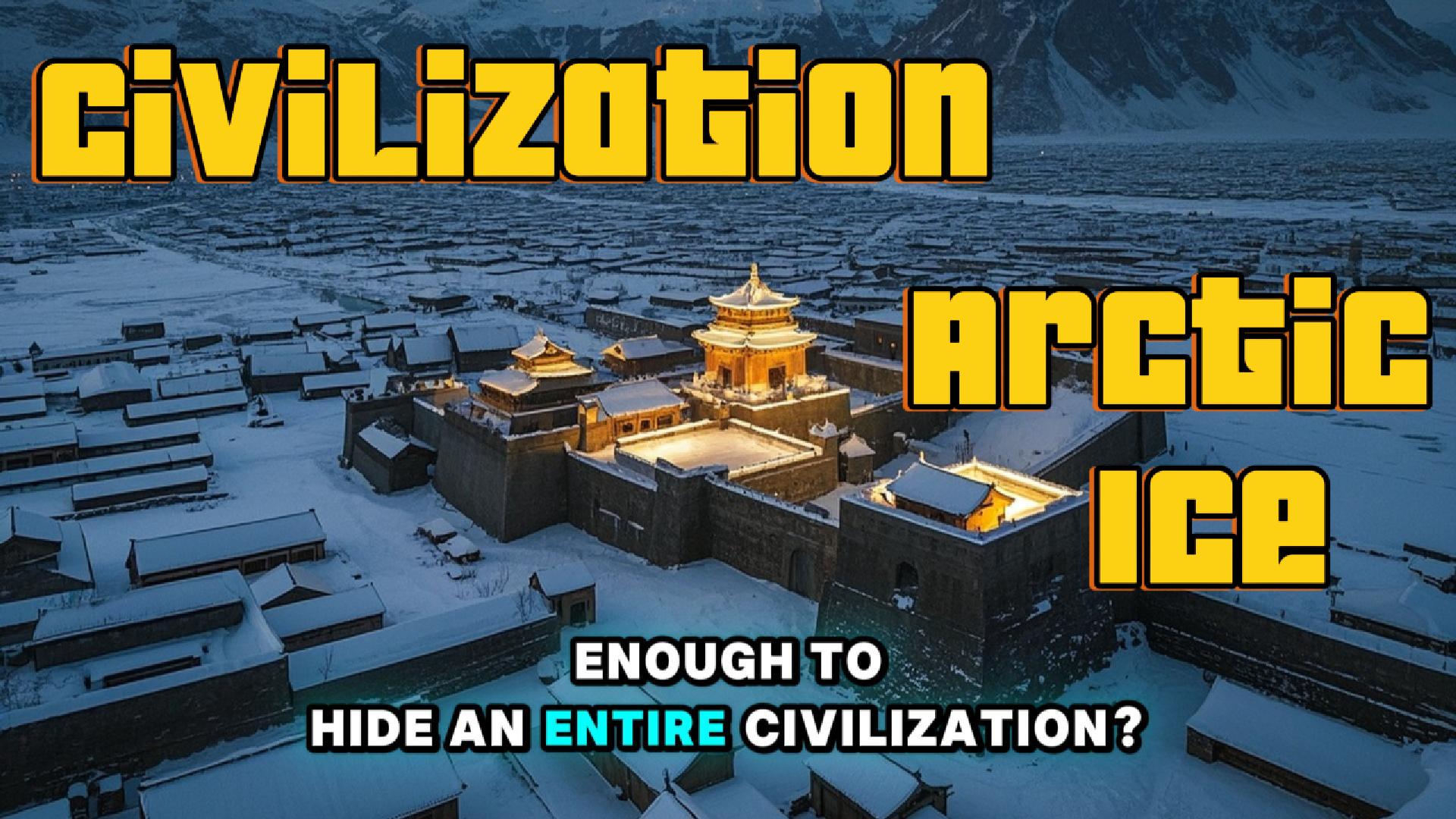
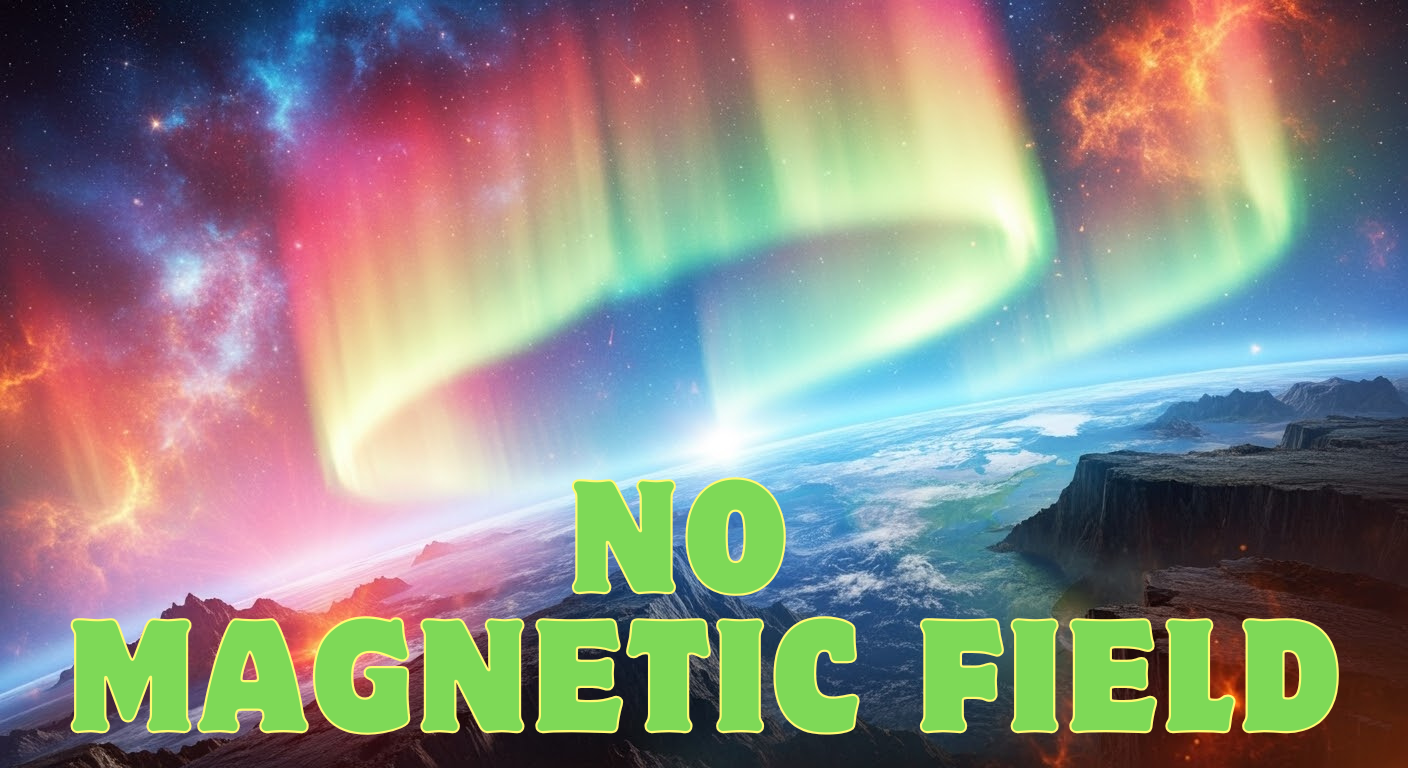
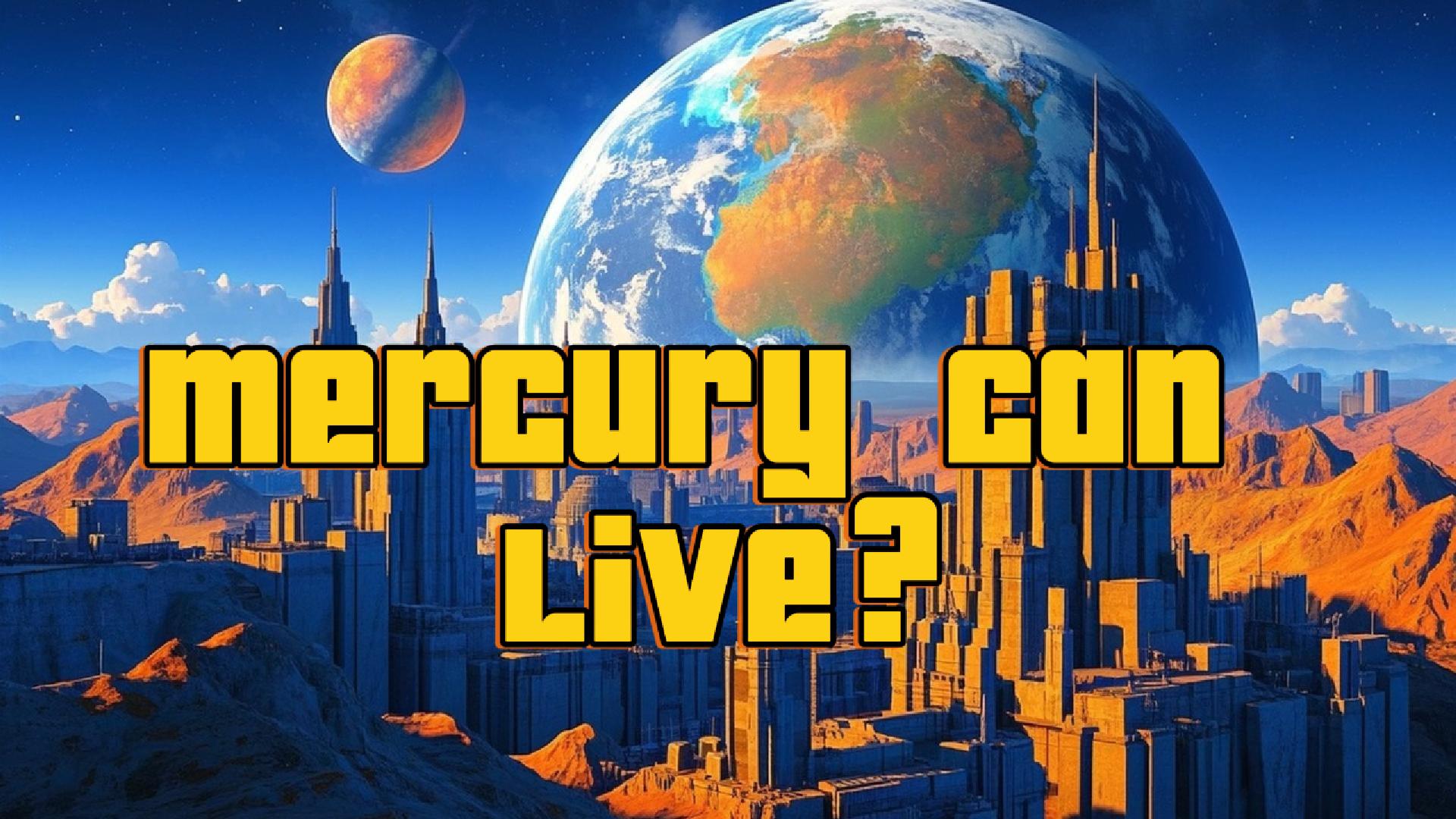
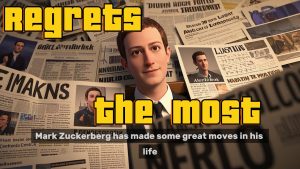
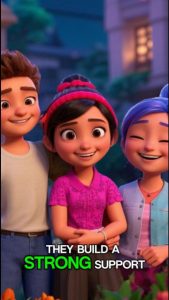
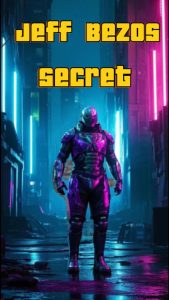
Post Comment